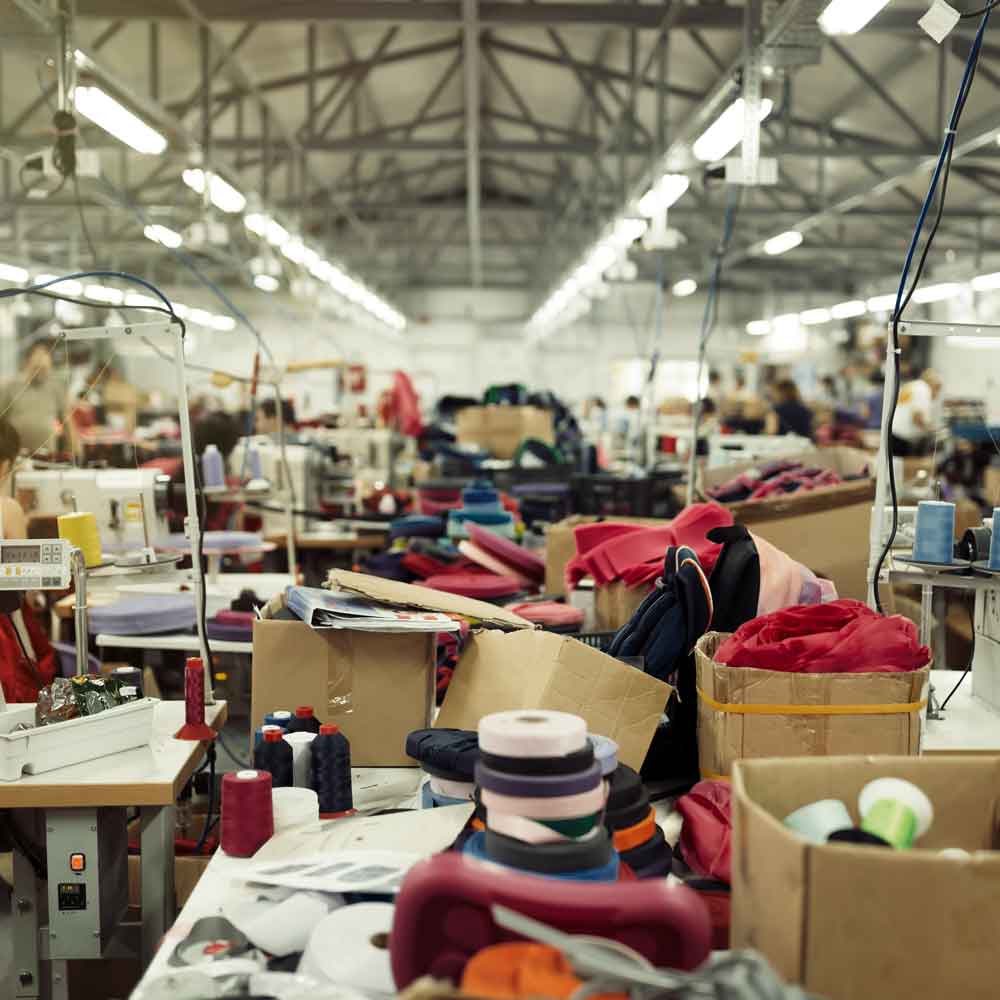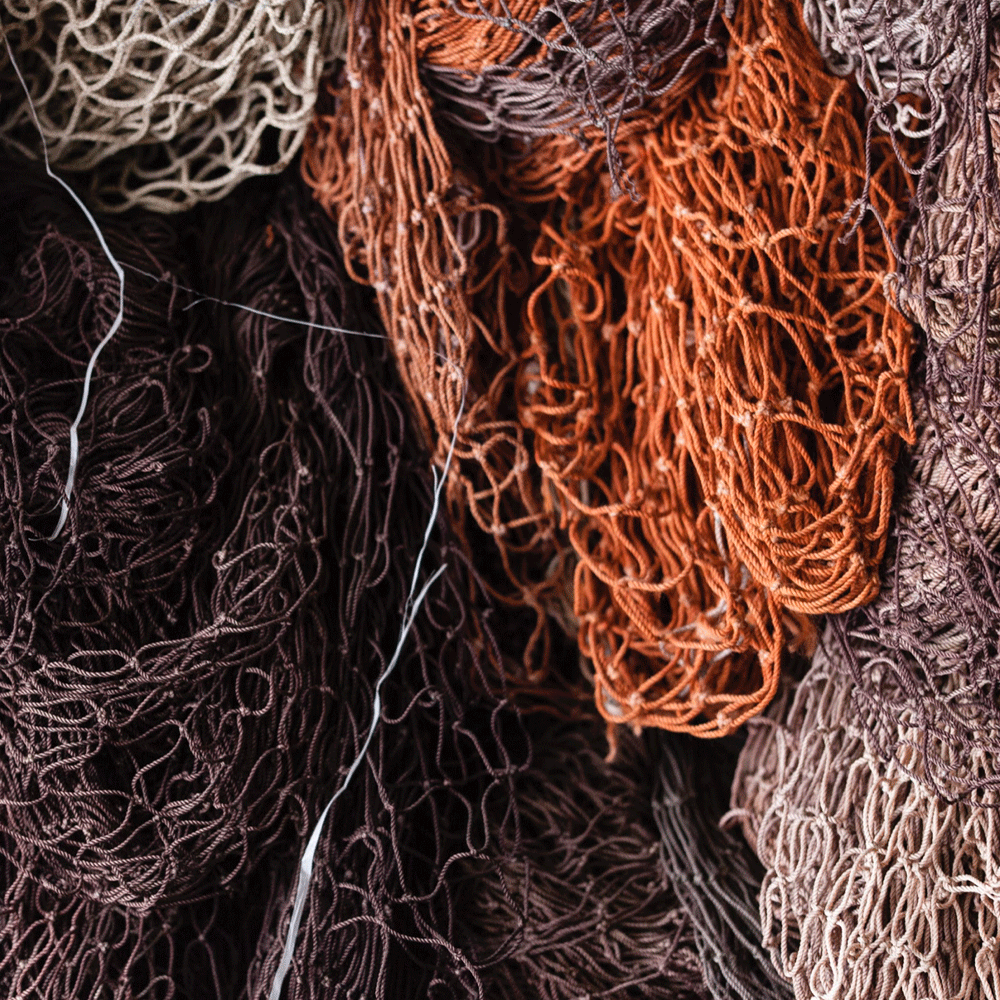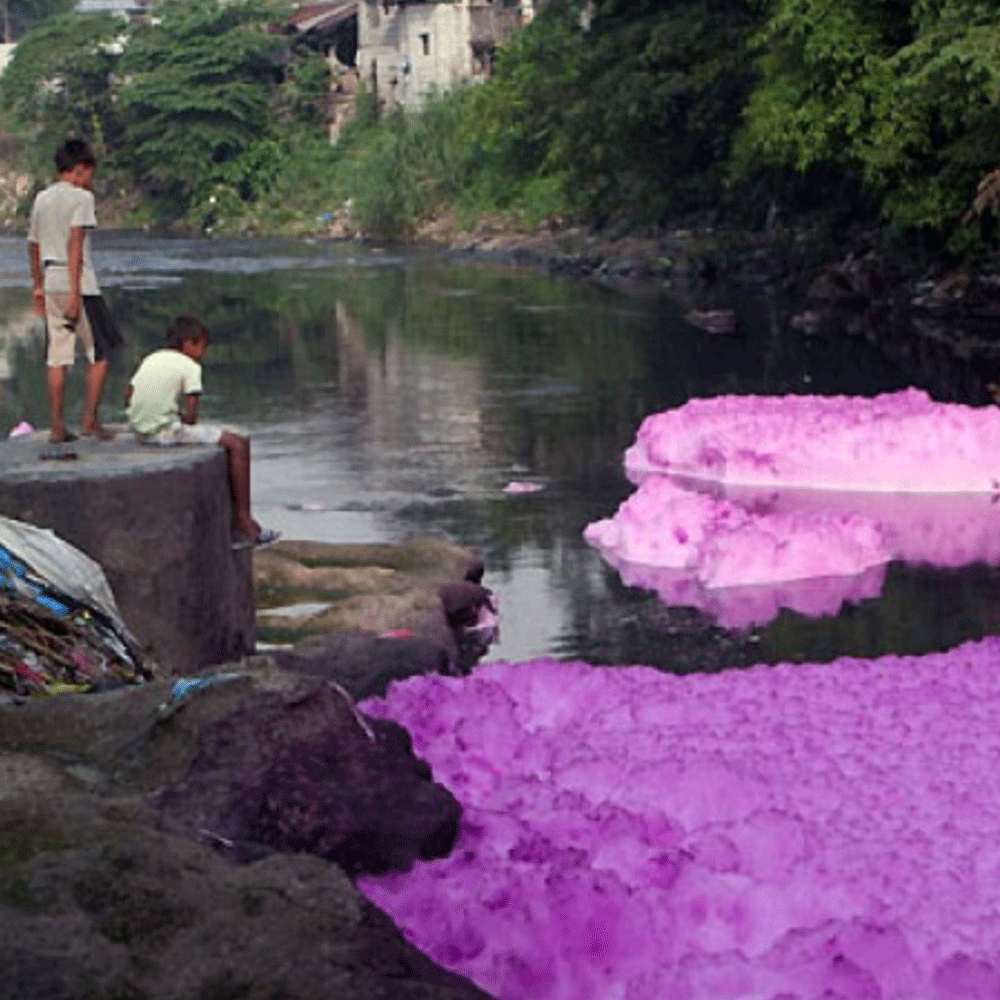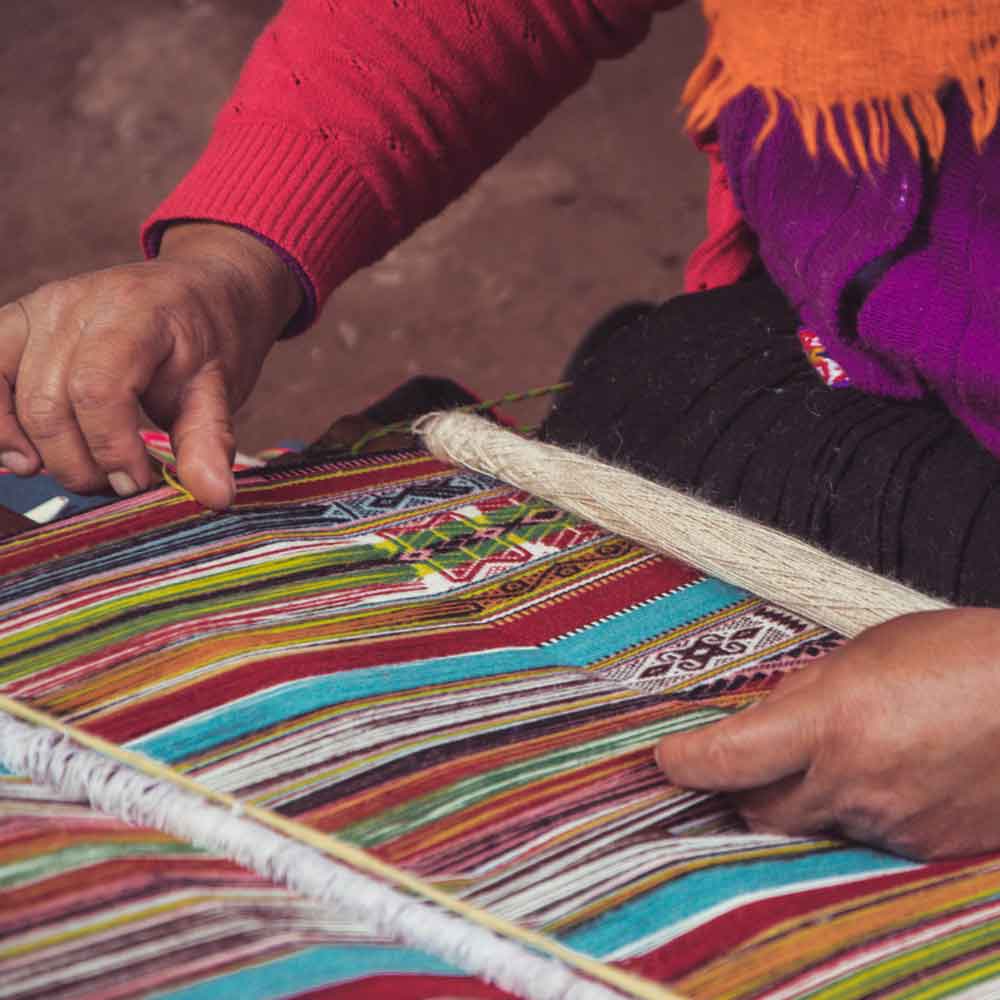Ethical Production
#WhoMadeMyClothes the hashtag on everybody's lips.
The answer? Ethical production means good health for everybody involved in the garment manufacturing industry. From the seed to the sale.
Since the Rana Plaza disaster in 2013 where more than 1,100 garment workers died and thousands more were injured. Garment workers and human rights organisations have done their best to push forward legislation to improve working conditions in the fashion manufacturing world. However, this remains a challenge and is what we are striving to overcome in collaboration with our brands at ECOLOOKBOOK.
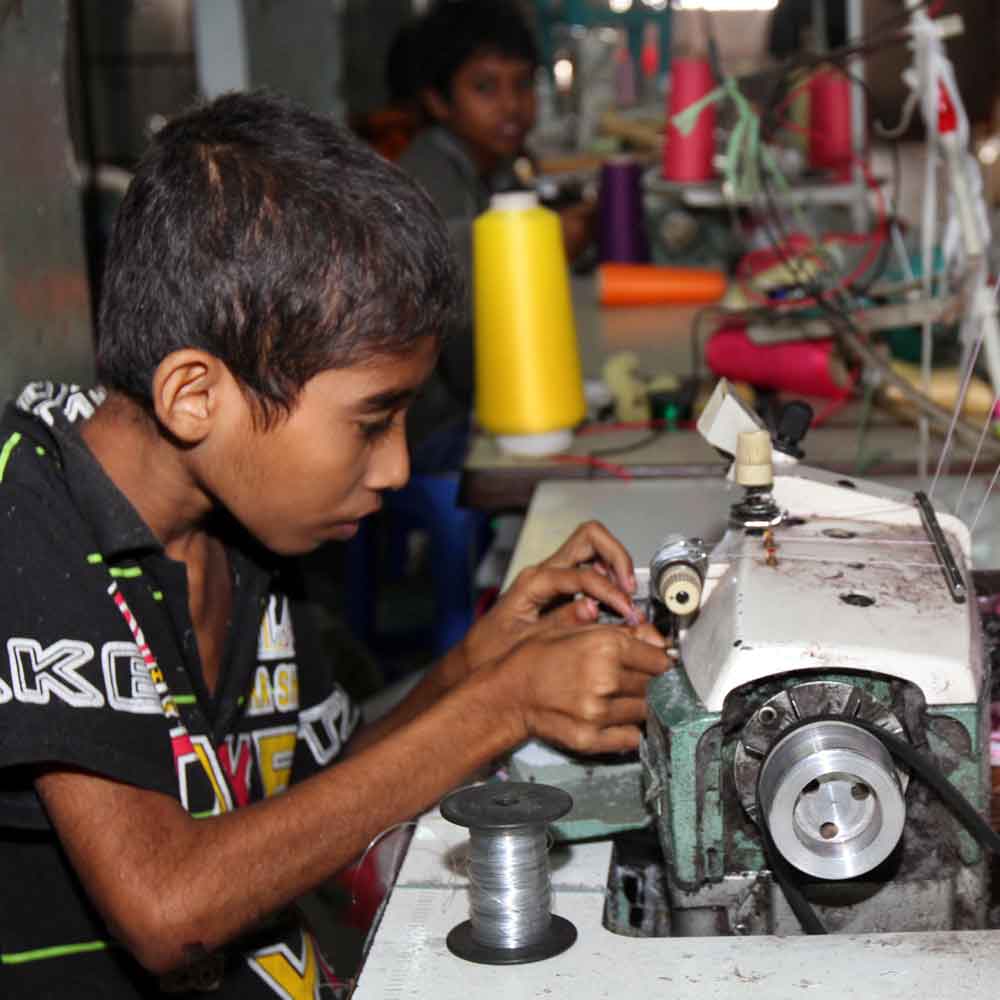
CHILD LABOUR
Statistics from a wide range of industries show that millions of children are engaged in child labour around the world.
In the fashion industry alone, children work at all stages of the complex supply chain; from the production of cotton seeds in Benin, harvesting in Uzbekistan, yarn spinning in India, right through to the different phases of putting garments together in factories across Bangladesh.[1]
Pressure in the media and by Human Rights Organisations have caused many fashion brands to make sure that their suppliers stop child labour by conducting more frequent factory audits. [2]
Sadly, as soon as child labour has been banned, wages and working conditions have improved, fast fashion brands change their suppliers to save money. To be able to deliver, factories subcontract work out from the main factory in order to meet the demands of the big brands. The work is done out of sight, the garments sent back to be finished and labelled, appearing that there has been no child labour involved. This is not the case. [3]
ECOLOOKBOOK features brands committed and pro-actively raising an awareness of child free labour in the fashion industry.

FAIR WAGE
Imagine working 14 to 16 hours a day, 7 days a week earning barely more than a starvation wage or not even being paid at all. No matter how hard they work, garment workers are trapped in a cycle of poverty.
Garment workers can barely access the fundamental human needs such as water, shelter and food. Whilst many families cannot break this vicious cycle due to a lack of education and little or no resources that lead to change. Those who try to break the mould, face violence by the factory owners and police. [4]
ECOLOOKBOOK features brands paying the living wage.
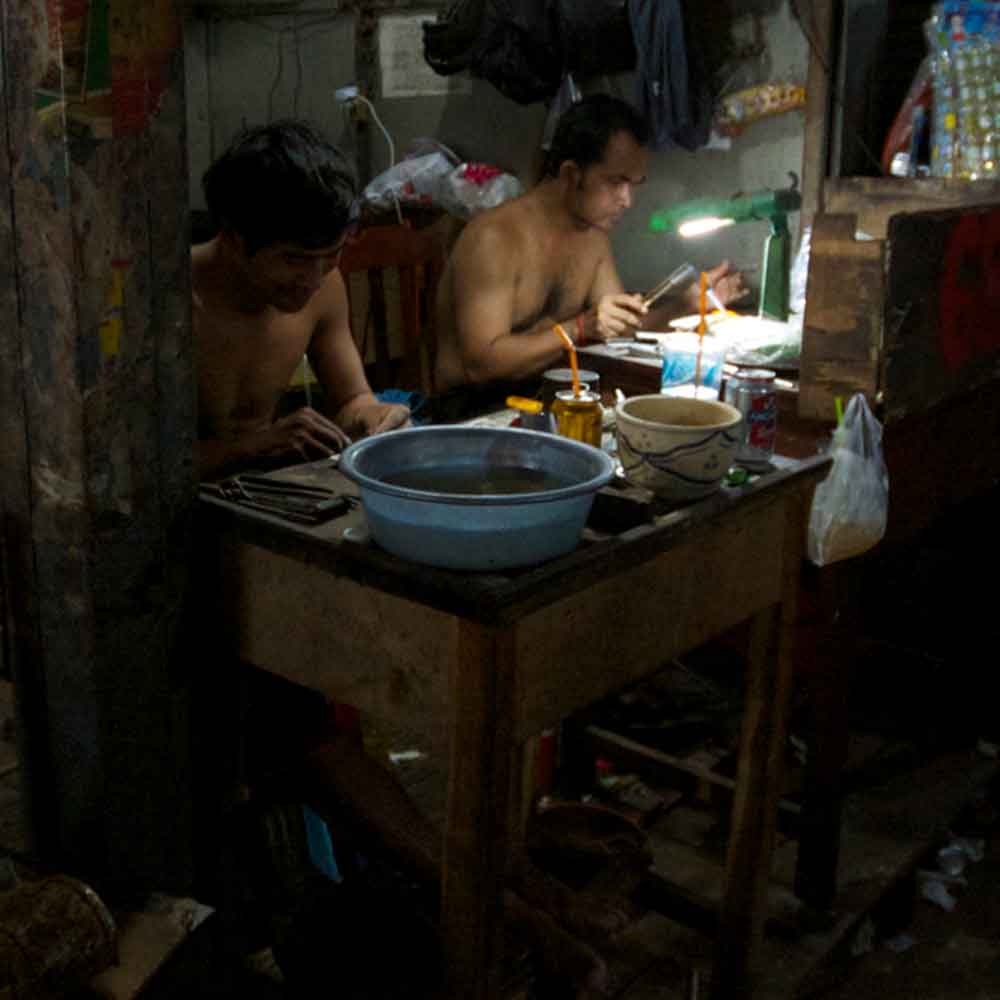
FAIR WORKING CONDITIONS
"Sweatshop" an overused term. Are we even paying attention anymore?
A place where garment and jewellery factories risk their employees' health all day everyday in unsafe buildings, that are hot with a lack of ventilation, no access to clean drinking water or the bathroom and use of dangerous chemicals.[5]
ECOLOOKBOOK features brands committed to fair working conditions throughout their supply chain.
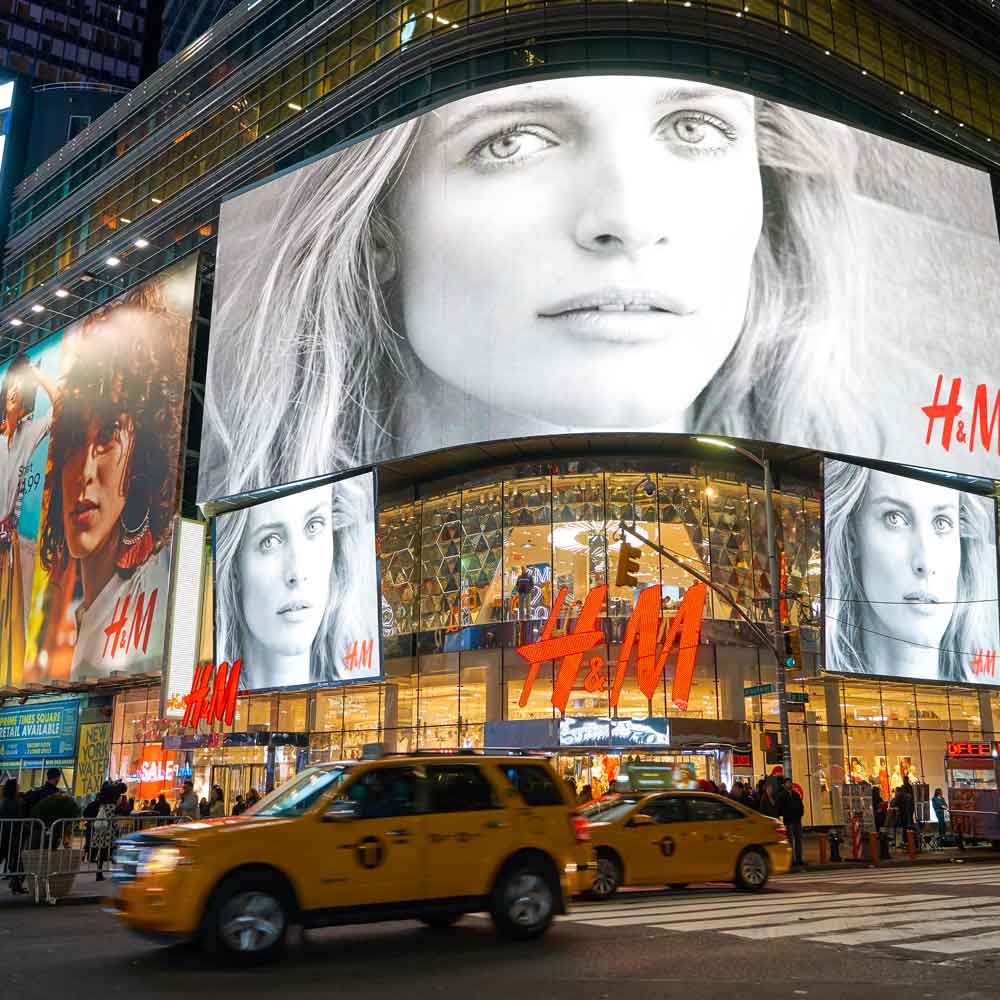
Responsibilities of Fashion brands
Why should brands be responsible?
Brands that order products manufactured in factories should have a responsibility to ensure that workers are respected and fairly treated throughout their supply chain.
Too often, brands side-step responsibility instead of being transparent about who and where the clothes are being made.
Transparency is especially important to avoid unauthorised subcontracting which leads to child labour, exploitation of women and unregulated working conditions.
The more supply chain data is publicly available, the more likely it is that abusive conditions will be reported and brands will be held to account and can act responsibly.[5]
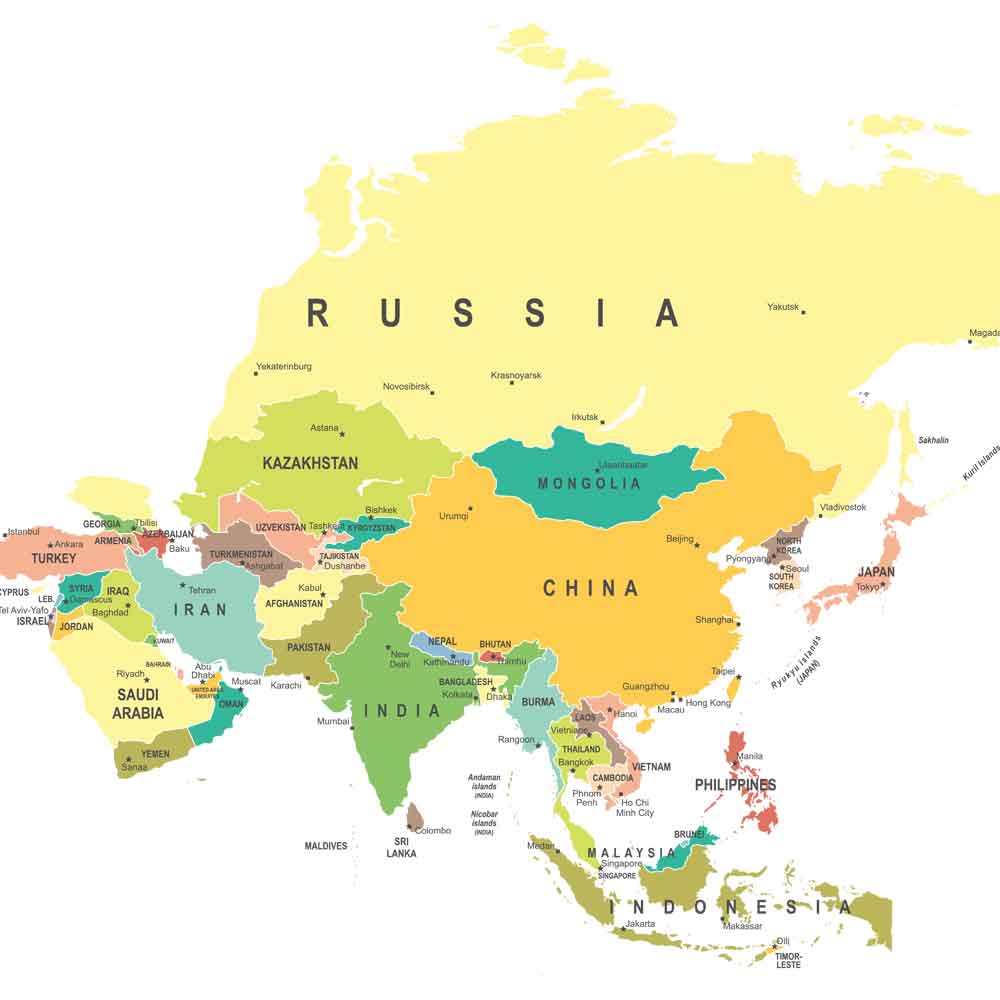
Responsibilities of Governments
Responsibility comes from above!
The governments of producing countries worldwide should be responsible for working conditions and labour law in factories. They should be taking measures to prevent and address human rights abuses as it is stated in the United Nations Guiding Principles on Business and Human Rights. Yet, this isn't always the case.
The main garment manufacturing countries are India, China, Bengladesh and Thailand. Bearing in mind that that these countries rely on the clothing industry as their main source of revenue, as well as providing millions of jobs, they should leading by example by ensuring fair working conditions and social responsibility. [6]
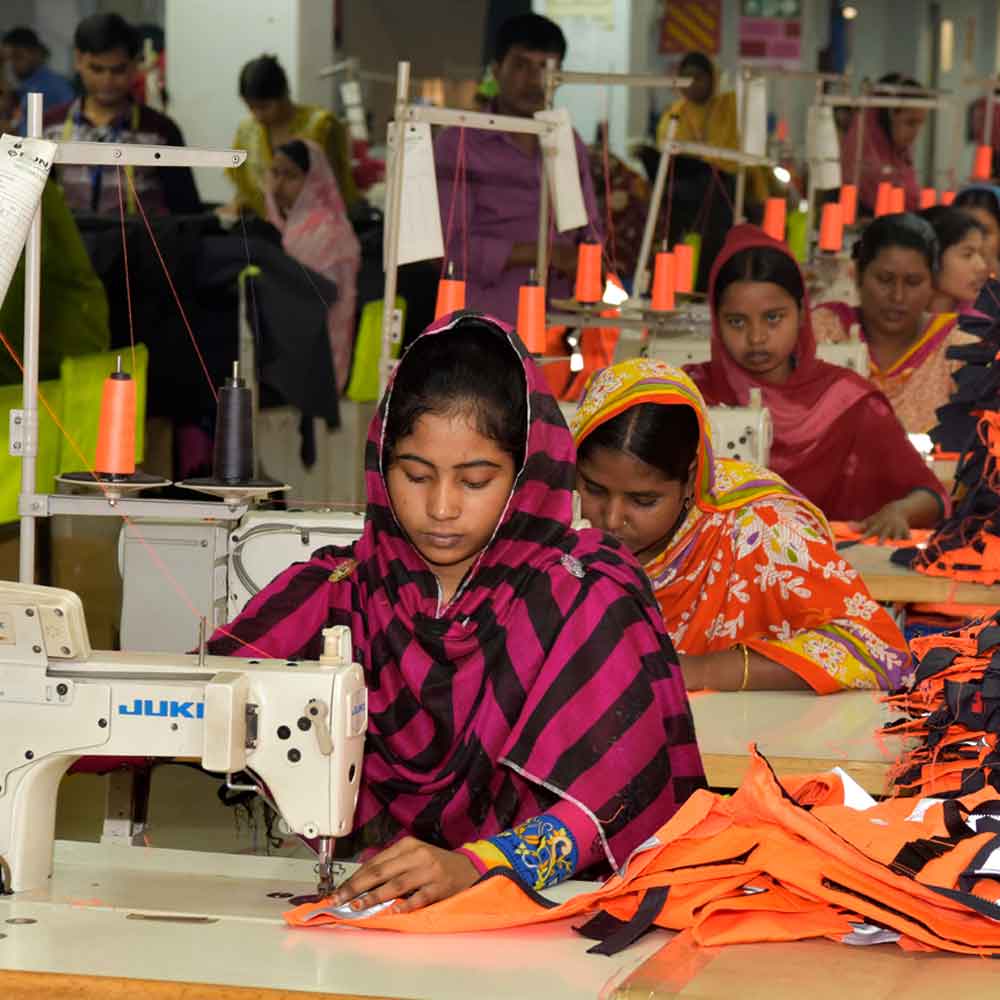
EXPLOITATION OF WOMEN
Women represent about 80% of the workforce in the garment industry in Asian countries, with the exception of Pakistan. Factories prefer to hire women because they are often obedient and weaker than men. They also have other responsibilities such as caring for their children. [7]
Female garment workers have very limited or no rights. For example, factory owners and managers often fire pregnant workers or deny maternity leave and turn a blind eye when male managers or workers sexually harass female workers.[8]
ECOLOOKBOOK are eager to find and feature fashion brands who are empowering women.
Why should we as consumers care and what can we do?
Consumer power is stronger than ever before and has the ability to change the way brands function.
Social media and improved access to information by global movements such as Fashion Revolution and Human Rights Organisations have put pressure on fashion brands to be more transparent and act responsibly to our planet and its people #whomademyclothes #whatsinmyclothes
As consumers we should #beconscious and #choosewell when we go shopping, as well as insisting on traceability.
ECOLOOKBOOK's Check Marks
Sources
[1] https://www.unicef.nl/files/child_labor_in_cotton_supply_chains_june_2017.pdf
[2] https://labs.theguardian.com/unicef-child-labour/
[3] https://www.textiletoday.com.bd/subcontracting-in-textile-and-clothing-sector-in-bangladesh/
[4] https://www.globallivingwage.org/industries/garment-textile/
[5] https://waronwant.org/sweatshops-bangladesh
[6] https://cleanclothes.org/faq/responsibility
[7] https://www.thecitizen.in/index.php/en/NewsDetail/index/7/16115/Exploitation-of-Women-Workers-In-Bangladeshs-Garment-Industry
[8] https://cleanclothes.org/issues/gender

